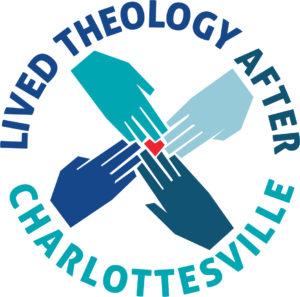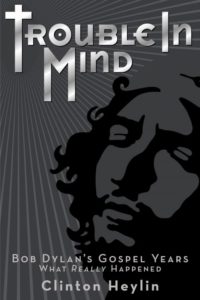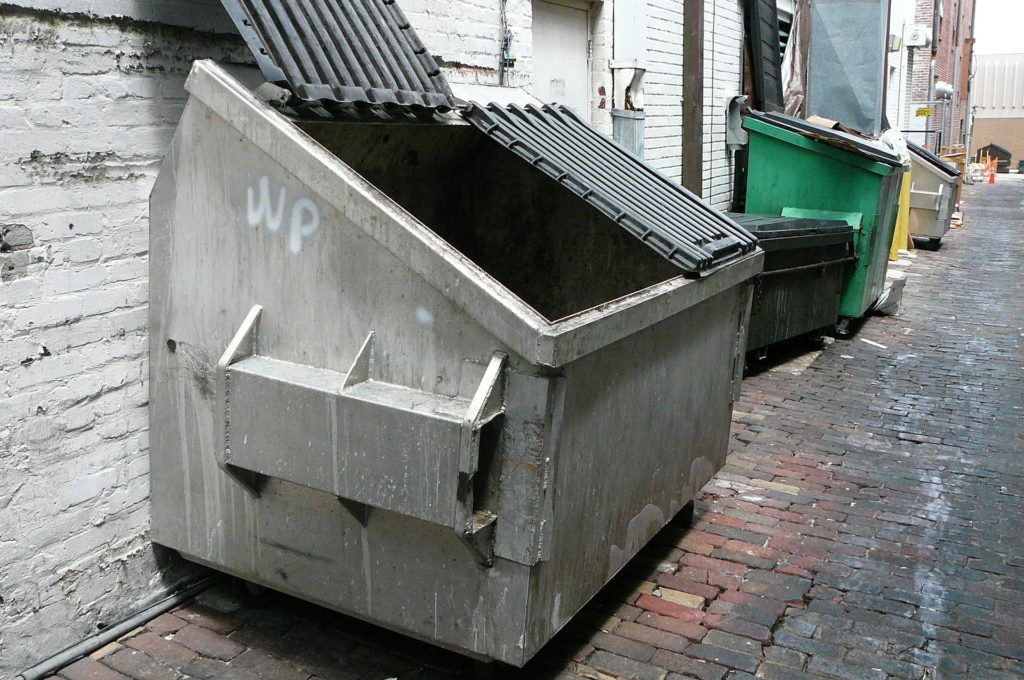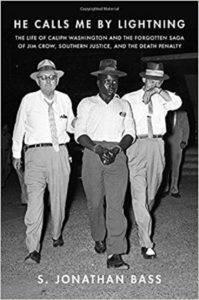Like many of our friends and neighbors, near and far, we at the Project on Lived Theology experienced the events of August 11 and 12, 2017, with horror, grief, anger, and determination. In the days, weeks, and months following those awful days, we were heartened to hear so many voices invoking theology in their reckonings with our national demons of racism, antisemitism, and xenophobia. What follows is a collection of some of those voices. We offer them here not as a full representation of voices, nor as perspectives which we necessarily endorse, ouiut as a resource for those who, like us, are still wrestling with this painful, ongoing story, and who wish to do so in the light of larger stories and deeper truths.
Following the events of August 12th, the University of Virginia’s Religious Studies department put out an open letter condemning the ideology and violence of the white supremacists who were demonstrating. It points out that their actions stand condemned in all the world’s religious and ethical systems.
The Berkley Center for Religion, Peace & World Affairs at Georgetown University published a series of short responses to August 12th by a number of religious professionals in the Charlottesville Community, including several faculty members in the University of Virginia’s department of religious studies and local clergy. The following individuals wrote:
- Caine-Conley, Brittany. “Charlottesville: A Tale of Two Gospels.” Berkley Center for Religion, Peace & World Affairs, Georgetown University, September 11, 2017.
- Halvorson-Taylor, Martien A., and Kurtis R. Schaeffer. “Religious Studies Departments Must Be Leaders in Overcoming Racism and Hate.” Berkley Center for Religion, Peace & World Affairs, Georgetown University, August 21, 2017.
- Hayward, Susan. “On Symbols and Symbolism: The Power of Religion in Protest.” Berkley Center for Religion, Peace & World Affairs, Georgetown University, August 25, 2017.
- Jenkins, Willis. “Moral Trauma.” Berkley Center for Religion, Peace & World Affairs, Georgetown University, August 29, 2017.
- Jones, Paul Dafydd. “Picking Sides.” Berkley Center for Religion, Peace & World Affairs, Georgetown University, August 24, 2017.
- Karl Shuve. “Wrestling with ‘Charlottesville’ in the Classroom.” Berkley Center for Religion, Peace & World Affairs, Georgetown University, August 25, 2017.
- Kuykendall, Meg Jenista. “Firsts: A Response to Showing Up.” Berkley Center for Religion, Peace & World Affairs, Georgetown University, August 29, 2017.
- Norris, Kristopher. “Dealing with the Pain.” Berkley Center for Religion, Peace & World Affairs, Georgetown University, August 21, 2017.
- Schmidt, Jalane. “A Discussion with Jalane Schmidt on Charlottesville.” Berkley Center for Religion, Peace & World Affairs, Georgetown University, August 24, 2017.
- Wispelwey, Tracy Howe. “Charlottesville: Preparation and Liturgy.” Berkley Center for Religion, Peace & World Affairs, Georgetown University, September 5, 2017.
Faith leaders as well as faculty members, postdoctoral fellows and graduate students of the University of Virginia wrote reactions to events that appeared in a variety of outlets. These are below:
- Lithwick, Dahlia. “Yes, What About the ‘Alt-Left’?” Slate, August 16, 2017.
- May, Isaac Barnes. “Charlottesville Quakers and the Ongoing Stand against White Nationalists.” Friends Journal, September 13, 2017.
- McLaren, Brian. “What I Saw in Charlottesville,” August 14, 2017.
- Schmidt, Jalane. “Excuse Me, America, Your House Is on Fire: Lessons from Charlottesville on the KKK and ‘Alt-Right.’” Medium, June 27, 2017.
- Thomas, Elaine Ellis. “With Love from C’ville.” Faith and Leadership, Duke Divinity School, August 22, 2017.
- Wellmon, Chad. “For Moral Clarity, Don’t Look to Universities.” The Chronicle of Higher Education, August 14, 2017.
- Woodson, Phil. “Who Is Jesus?” Faith and Leadership, Duke Divinity School, August 22, 2017.
- Zimmerman, Alan. “In Charlottesville, the Local Jewish Community Presses On.” ReformJudaism.org, August 14, 2017.
News outlets and magazines covered the religious and personal aspects of the events of August 12th. Some of the notable pieces are:
- Blitzer, Jonathan. “How Church Leaders in Charlottesville Prepared for White Supremacists.” The New Yorker, August 15, 2017.
- Bouie, Jamelle. “#Charlottesville: A Visual Narrative.” VQR Online, October 1, 2017.
- Green, Emma. “How Will the Church Reckon With Charlottesville?” The Atlantic, August 13, 2017.
- Green, Emma. “Why the Charlottesville Marchers Were Obsessed With Jews.” The Atlantic, August 15, 2017.
- Foreman, Jon. “On Charlottesville: Why I Refuse to Hate the Haters.” Huffington Post, August 15, 2017.
- Harris, Taylor. “Talking to my Daughter About Charlottesville.” Catapult, August 23, 2017.
- Mccammon, Sarah. “In Charlottesville, Religious Leaders Try To Comfort Residents.” NPR.org, August 13, 2017.
- McLaren, Brian. “The ‘Alt-Right’ Has Created Alt-Christianity.” Time, August 25, 2017.
- Rosenberg, Yair. “Perspective | ‘Jews Will Not Replace Us’: Why White Supremacists Go after Jews.” Washington Post, August 14, 2017.
More recent and forthcoming books and articles reflecting on the events of August 12th and its impact over the past year:
- Gluckman, Nell. “A UVa Historian Talks About Charlottesville’s White-Supremacist Rally a Year Later.” The Chronicle of Higher Education, August 9, 2018.
- Marsh, Charles and Perkins, John. “Preface to the Expanded Edition.” Welcoming Justice: God’s Movement Toward Beloved Community, November, 2018.
- Nelson, Louis and Harold, Claudrena. Charlottesville 2017: The Legacy of Race and Inequity, August, 2018.
- Perriello, Tom. “Very Fine People: The True Legacy of the Unite the Right Rally Will be the Unity Forged by Those on the Other Side.” Slate, August 10, 2018.
- Slade, Peter. “Thoughts After Reading Mitch Landrieu’s, In the Shadow of Statues: A White Southerner Confronts History.” The Project on Lived Theology, June 6, 2018.
To get these and other news updates, please like us on Facebook and follow us on Twitter @LivedTheology. To sign up for the Lived Theology monthly newsletter, click here.




